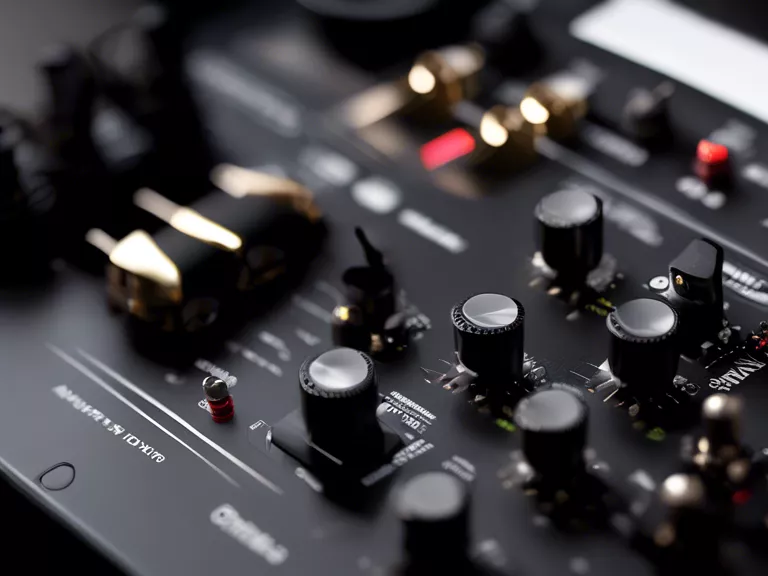
Setting up and calibrating your home audio system properly can make a world of difference in sound quality. From positioning speakers to adjusting audio settings, here are some tips to help you achieve optimal sound quality in your home.
To start, ensure that your speakers are positioned correctly in your space. Speakers should ideally be placed at ear level and equidistant from the main listening area. This will help create a balanced soundstage and improve audio clarity.
Next, consider the acoustics of your room. If your space has hard surfaces like wood floors or bare walls, sound may reflect and cause echoes. To combat this, add soft furnishings like curtains, rugs, and cushions to absorb excess sound and reduce reverberations.
Before calibrating your system, check the audio settings on your devices. Adjust the equalizer settings to suit your listening preferences. Many systems also offer presets for different music genres, which can help optimize sound quality.
Once you've adjusted the settings, it's time to calibrate your system. Use a calibration microphone or the built-in microphone on your devices to run an auto-calibration program. This will analyze your room's acoustics and speakers' performance to optimize sound output.
Finally, don't forget to regularly clean and maintain your audio equipment. Dust and debris can accumulate on speaker grilles and affect sound quality. Use a soft cloth to gently clean your speakers and amplifier to keep your system in top condition.
By following these tips, you can set up and calibrate your home audio system for optimal sound quality. Enjoy immersive listening experiences with clear, balanced sound that brings your music and movies to life.



